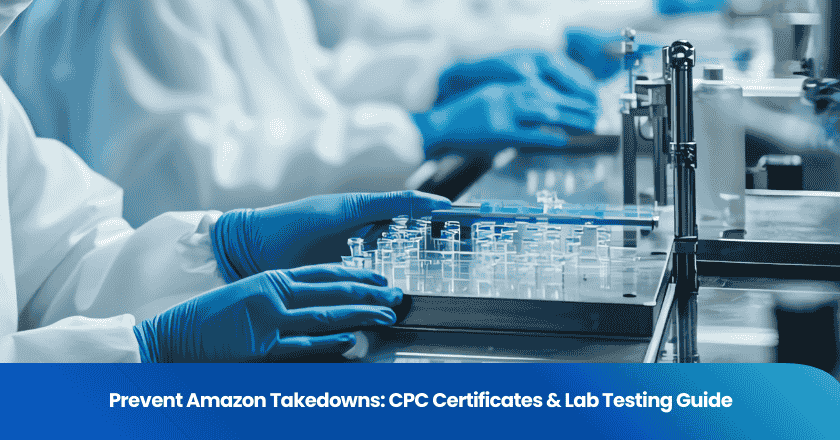
The basic concepts of Sourcing and Manufacturing
Purchase
Sourcing refers to the process by which a company purchases raw materials, components, equipment, and other items from suppliers. The quality and efficiency of the sourcing process directly affect the smooth progress of subsequent manufacturing and distribution stages. Through effective sourcing strategies and supplier selection, companies can obtain high-quality raw materials and products at lower prices, reducing production costs. The sourcing department can also coordinate and integrate supplier resources, and through close cooperation with suppliers, accelerate delivery times, reduce inventory costs, and improve the flexibility and response speed of the supply chain.
Manufacture
Manufacturing refers to the process where a company assembles the raw materials, components, etc. that have been sourced into finished products. The quality and efficiency of manufacturing directly affect the smooth progress of subsequent distribution and recycling links. The manufacturing process is a key step for companies to transform resources into actual products, and it is also an important link for companies to achieve value creation.
The Positioning of Sourcing and Manufacturing in the Corporate Supply Chain
In the supply chain management of a company, Sourcing and Manufacturing occupy a central position. They are not only related to the smooth progress of the company's daily operations, but also directly affect the company's cost control, product quality, and market competitiveness.
The Position of Sourcing in the Supply Chain
Sourcing is the starting point of the enterprise supply chain, and its importance is mainly reflected in efficiency improvement, risk control, and strategic goals. The Sourcing department is the main channel for the enterprise to acquire raw materials, components, equipment, and other supplies. Through communication and cooperation with suppliers, the Sourcing department ensures that the enterprise can obtain the required resources in a timely manner, ensuring the smooth progress of production. Sourcing costs are an important part of the enterprise's total costs. The Sourcing department reduces sourcing costs through effective negotiation, supplier selection, and the formulation of sourcing strategies, thereby saving money for the enterprise and enhancing its competitiveness. The sourcing process involves multiple links such as supplier selection, contract signing, and logistics distribution, with many potential risks. The Sourcing department needs to identify and assess these risks and formulate corresponding countermeasures to ensure the stability of the supply chain. The Sourcing department can also provide support for the achievement of the enterprise's strategic goals. For example, by purchasing specific raw materials or equipment, it supports the enterprise's innovation and development strategy; by establishing long-term cooperative relationships with suppliers, it achieves collaborative optimization of the supply chain.
The Positioning of Manufacturing in the Supply Chain
Manufacturing is the key process where a company transforms purchased raw materials into finished goods. The manufacturing phase is the core process for a company to achieve value creation. Through processes such as processing, assembly, and testing, raw materials are transformed into products with market competitiveness to meet customer needs. The manufacturing phase has a decisive impact on product quality. Manufacturing companies need to establish a comprehensive quality management system to ensure that products meet relevant standards and customer requirements, thereby improving customer satisfaction. The manufacturing phase directly affects the delivery time of products. Manufacturing companies need to arrange production plans rationally, optimize production processes, and improve production efficiency to ensure timely delivery of products to customers. The manufacturing phase requires close collaboration with procurement, logistics, and other links to achieve coordinated optimization of the supply chain. For example, working with the procurement department to develop procurement plans to ensure timely supply of raw materials; collaborating with the logistics department to ensure products are delivered to customers quickly and accurately.
Construct a complete solution for supply chain
Supply Chain Management (SCM) is a pivotal concept that oversees the planning and control of logistics activities from suppliers to end-users. Its goal is to optimize the overall efficiency of the supply chain to meet customer demands. SCM encompasses all logistical activities, including planning, Sourcing, manufacturing, distribution, and returns.
To optimize the supply chain for efficient Sourcing and Manufacturing, enterprises should:
1. Integrate resources across the supply chain to enable information sharing and collaborative work.
2. Develop tailored Sourcing strategies based on market demand and production plans to ensure timely supply of raw materials and components.
3. Optimize Manufacturing processes through the introduction of advanced technology and equipment to improve efficiency and product quality.
4. Strengthen logistics management to ensure smooth product flow from Sourcing to Manufacturing and sales.
5. Leverage information technology such as big data, cloud computing, and the Internet of Things to enhance supply chain intelligence.
Supplier relationship management is an important part of enterprise supply chain management. Establishing stable and reliable supplier partnerships has a decisive impact on ensuring the smooth operation of the supply chain. Establishing long-term stable cooperative relationships with suppliers helps to reduce sourcing costs, improve product quality and service levels, shorten delivery cycles, etc.
As an efficient sourcing aggregator driven by visionary goals and missions, TradeAider's core strengths comprise the founder's dedication and extensive experience in global trade and manufacturing, a proficient team of experienced merchandisers who foster seamless communication among buyers, manufacturers, and strong quality control and product development specialists throughout the production cycle, assisted by the creative TradeAider App to ensure the successful order control and quality control for any orders placed by buyers with TradeAider.
How to establish stable and reliable supply chain cooperation
Selecting the right supplier: Choose a suitable supplier for cooperation based on the company's needs and standards. In the selection process, it is necessary to fully consider the supplier's product quality, price, delivery cycle, service level, and other factors. Establish a trust relationship with suppliers through honest and trustworthy, mutually beneficial cooperation. Both parties should respect and support each other, jointly face market challenges. Maintain close communication and collaboration with suppliers, promptly share market demand, production plans, and other information, and jointly develop procurement and manufacturing plans. Both parties should work together to solve problems and difficulties that arise during the cooperation process. Regularly evaluate the supplier's performance, including product quality, delivery cycle, service level, etc. Based on the evaluation results, reward, punish, and motivate suppliers to promote their continuous improvement and enhancement. Explore new areas and opportunities for cooperation with suppliers to promote mutual development. Enhance the overall competitiveness of the supply chain through technological innovation, product upgrades, and other means.
Grow your business with TradeAider Service
Click the button below to directly enter the TradeAider Service System. The simple steps from booking and payment to receiving reports are easy to operate.




